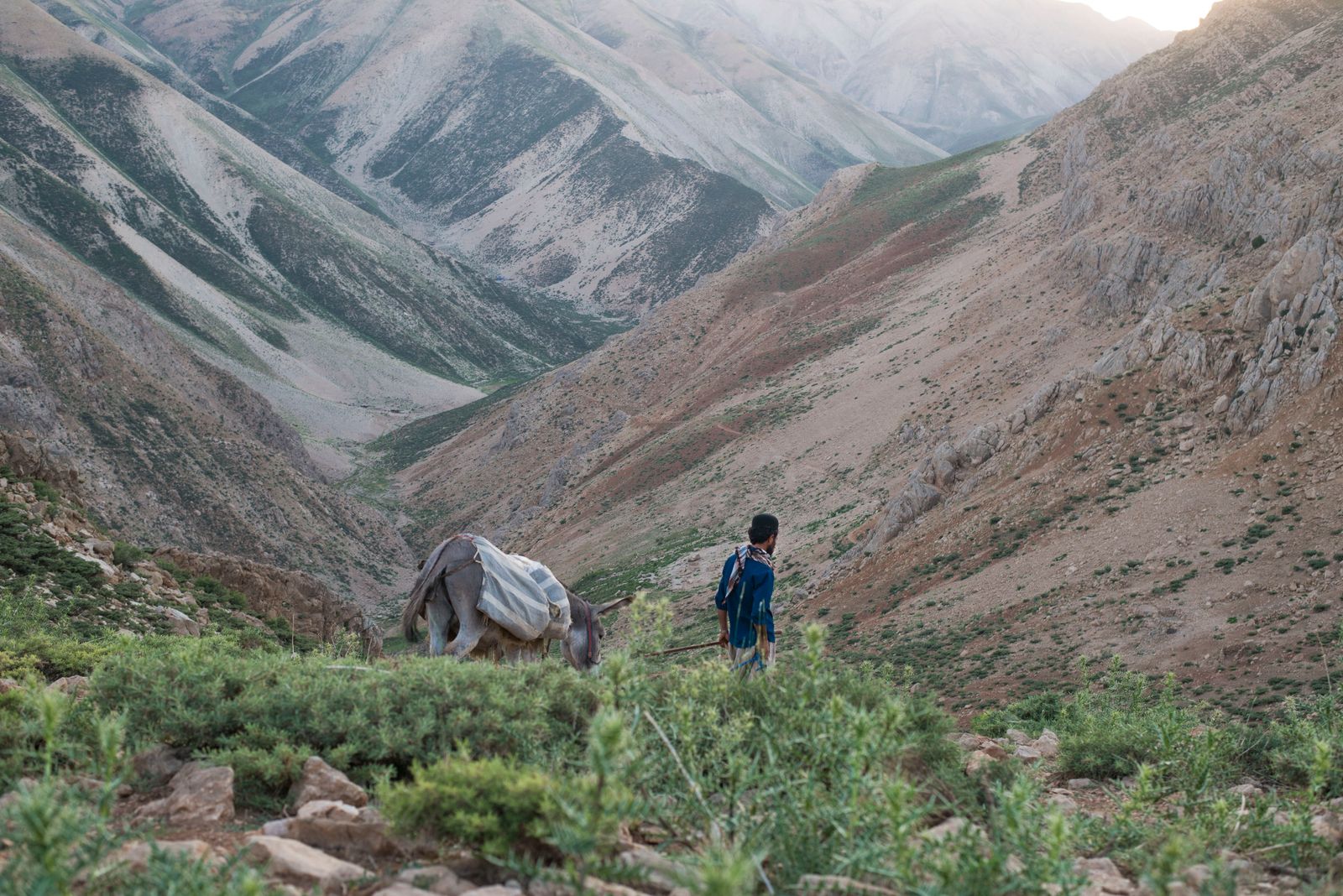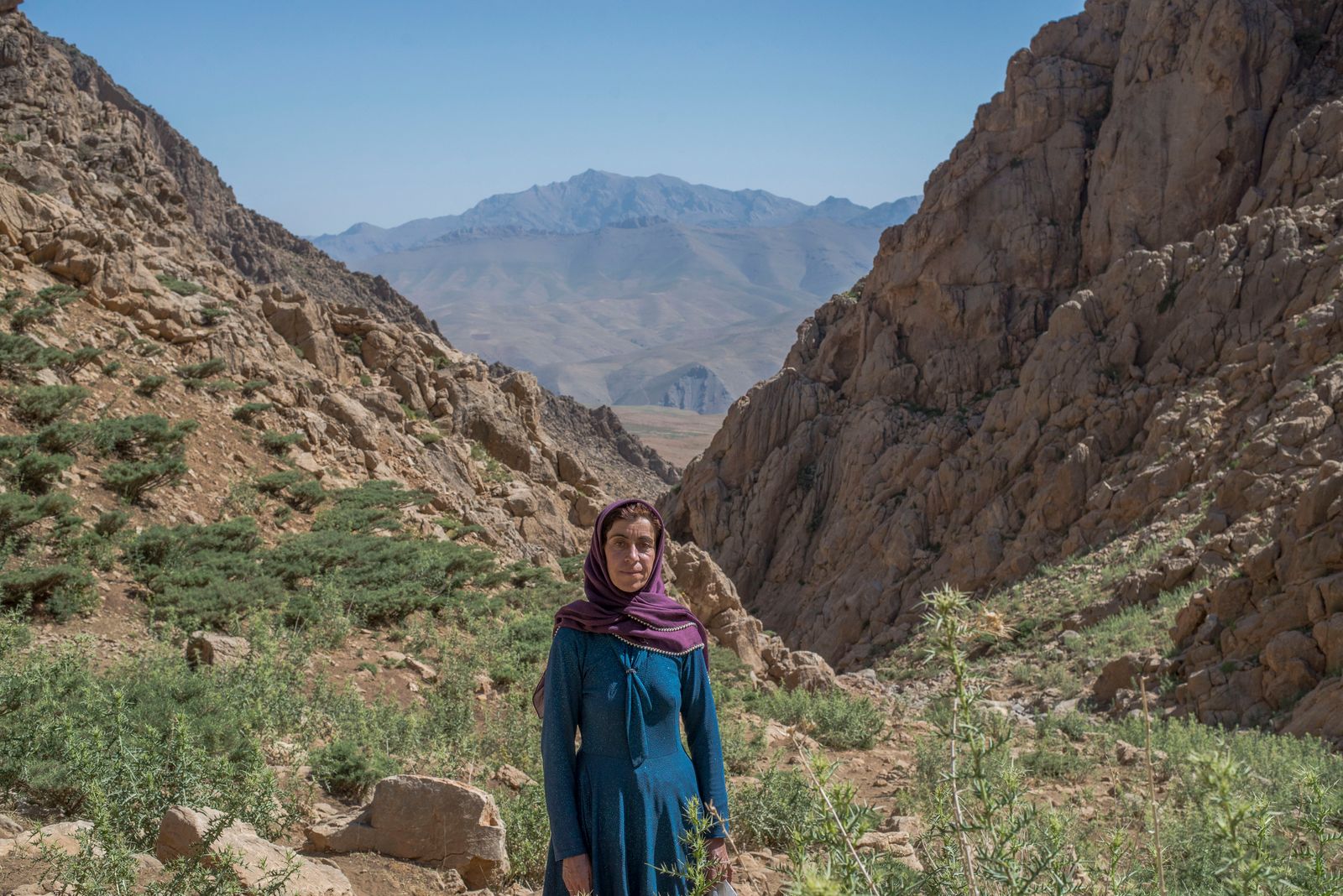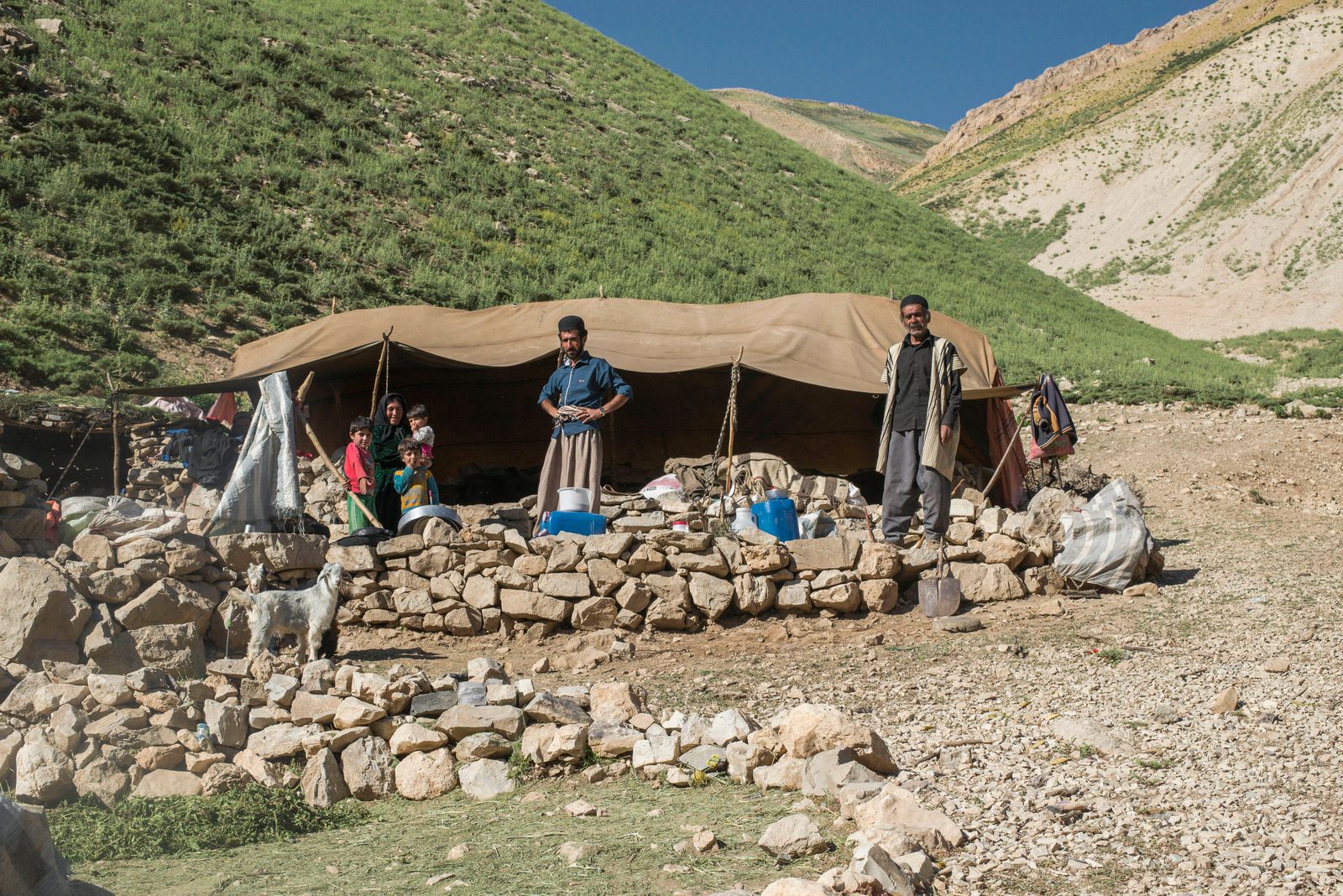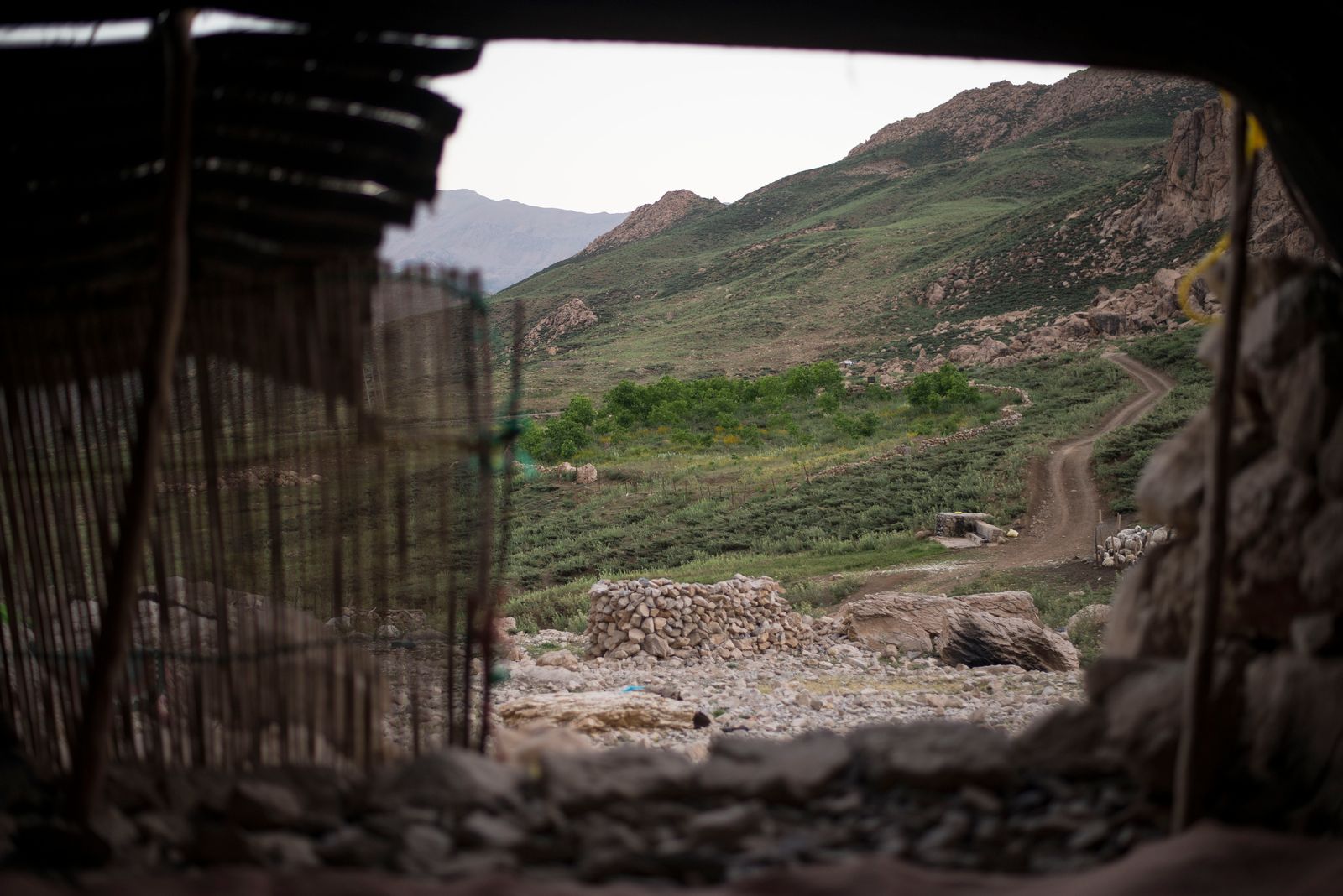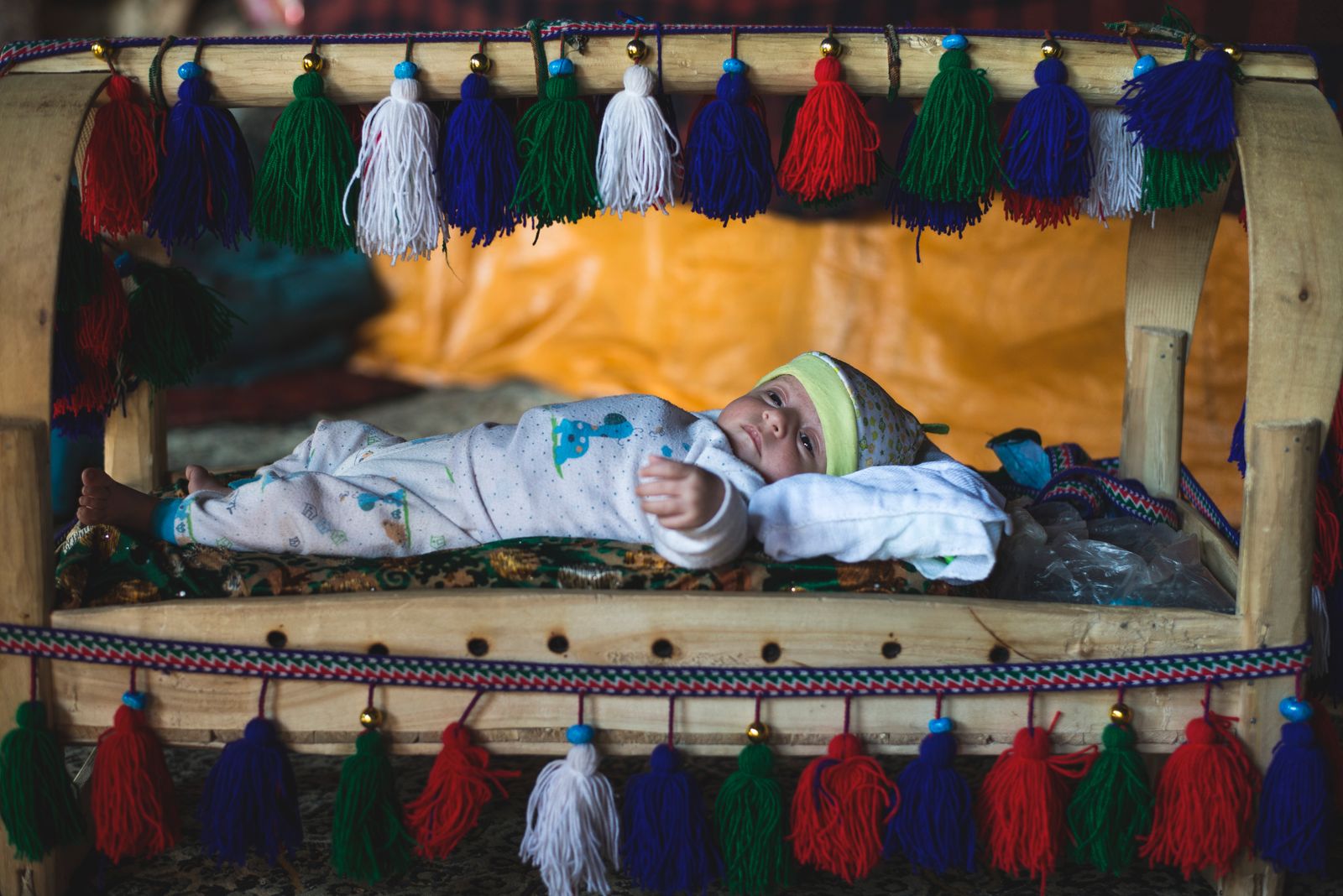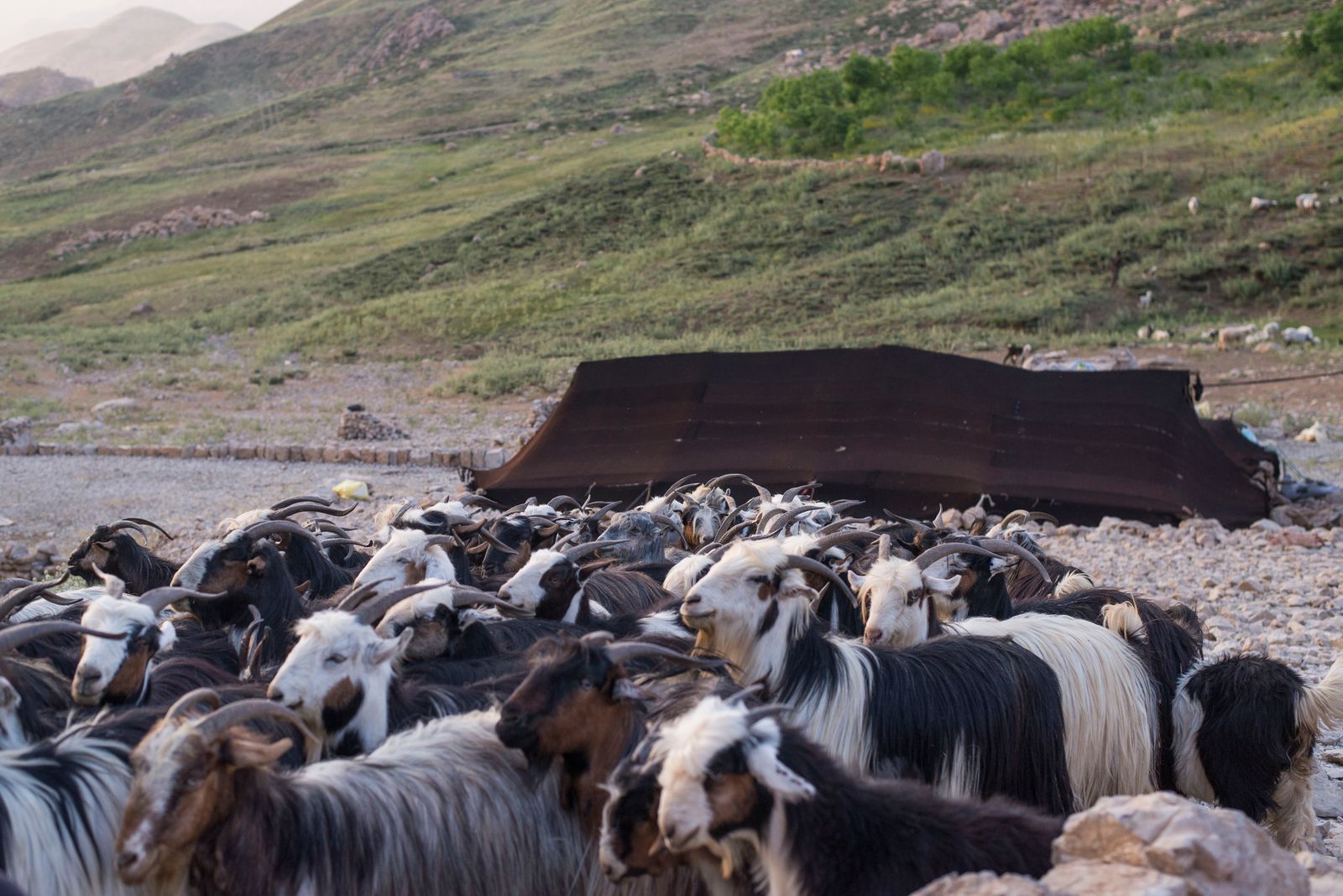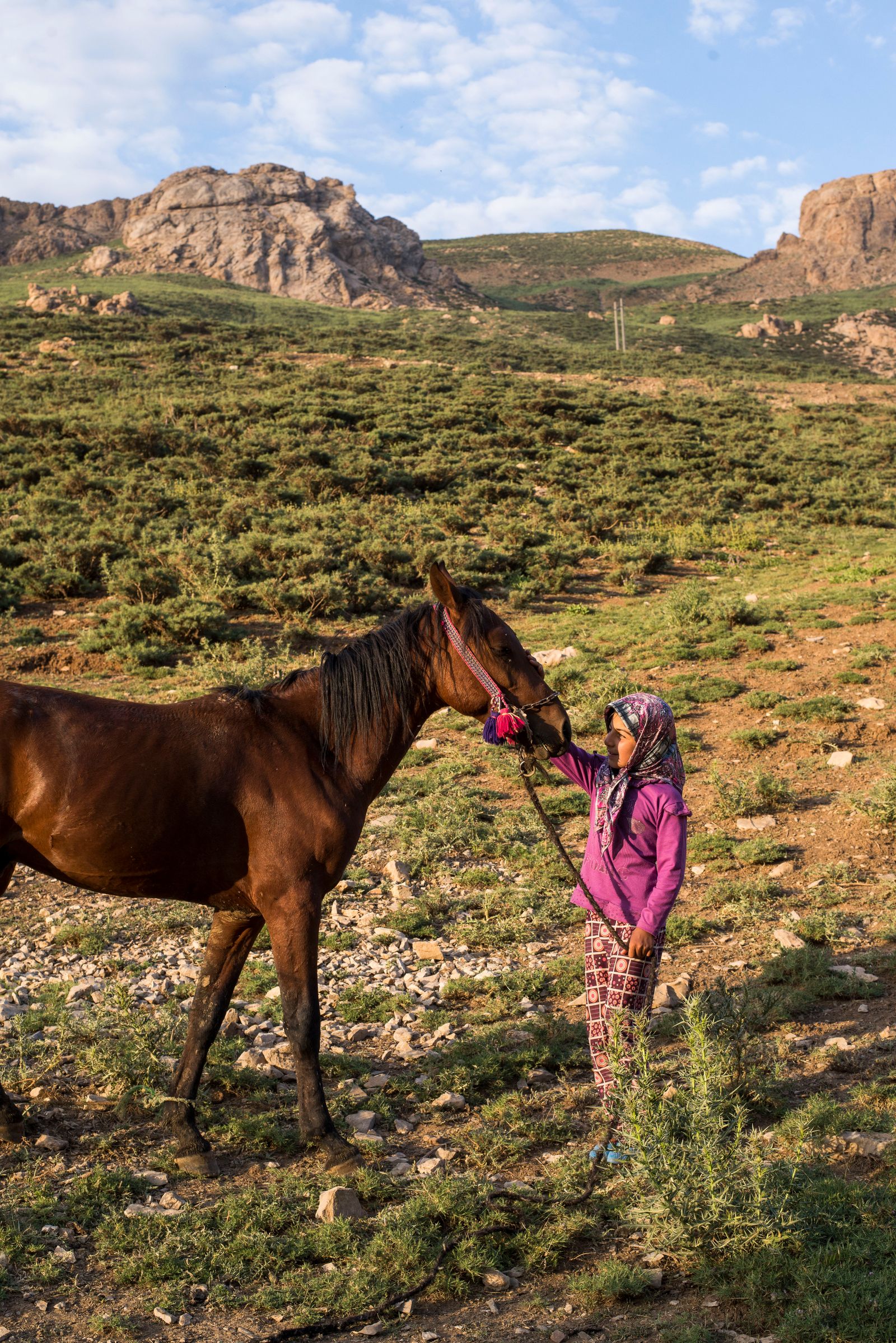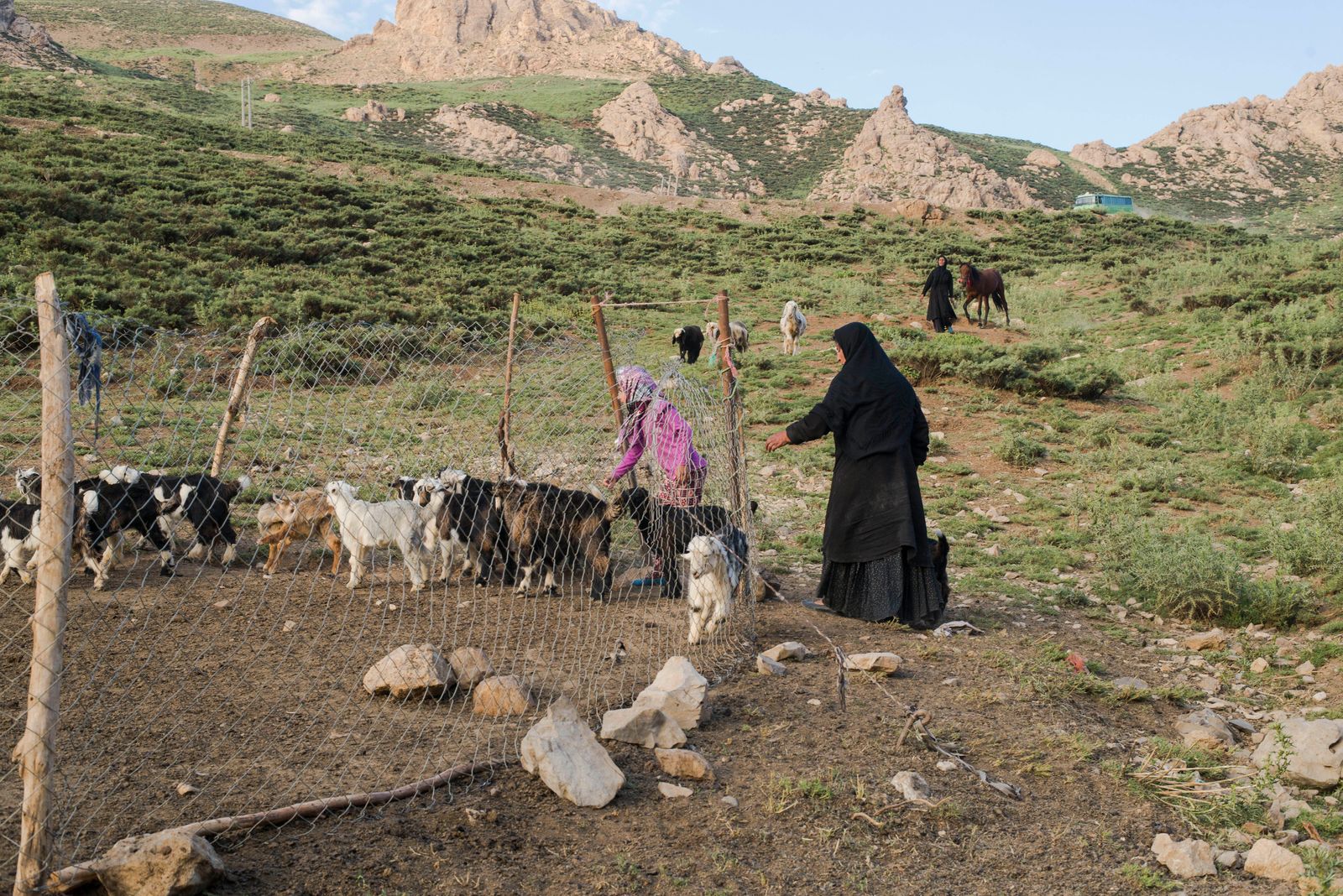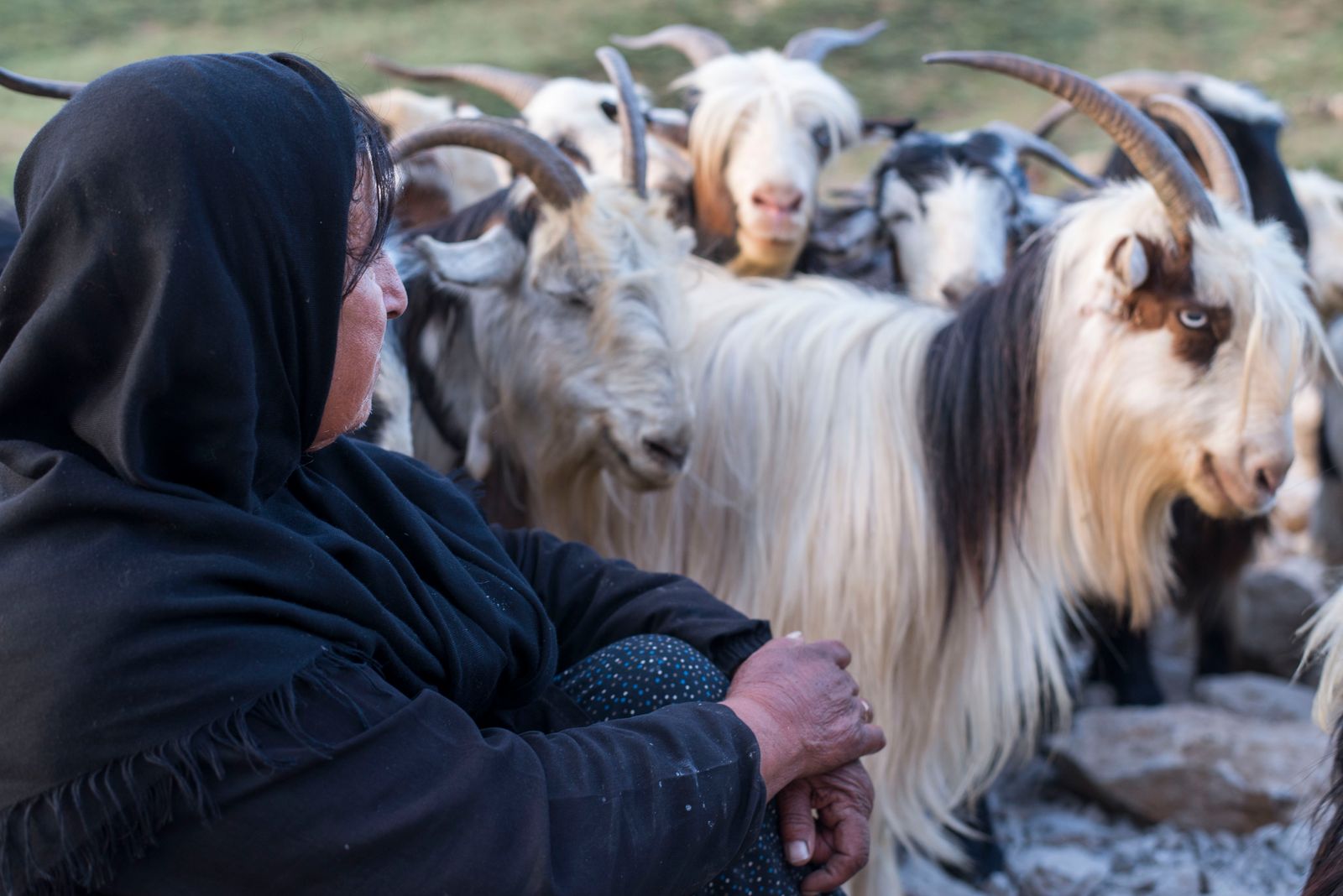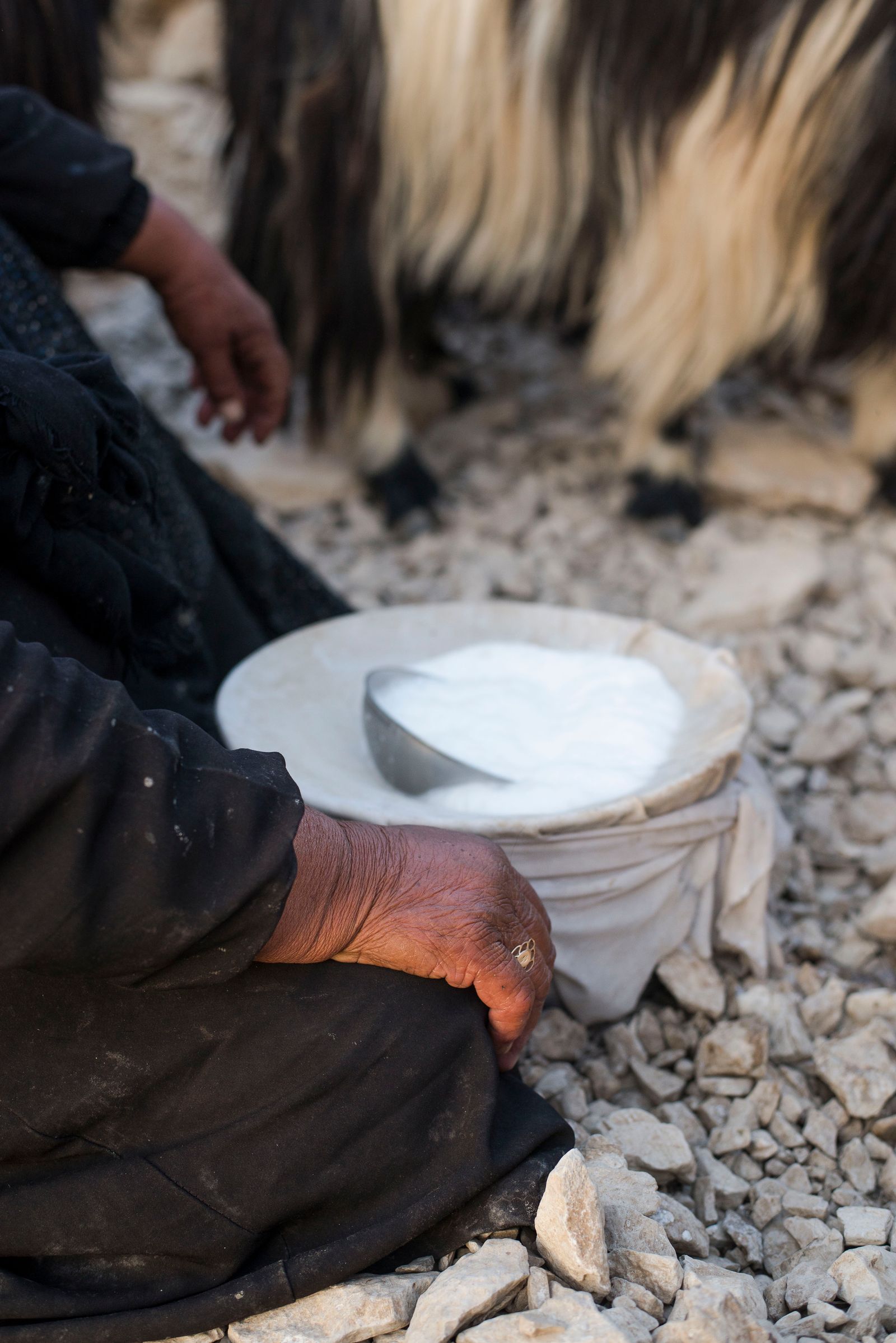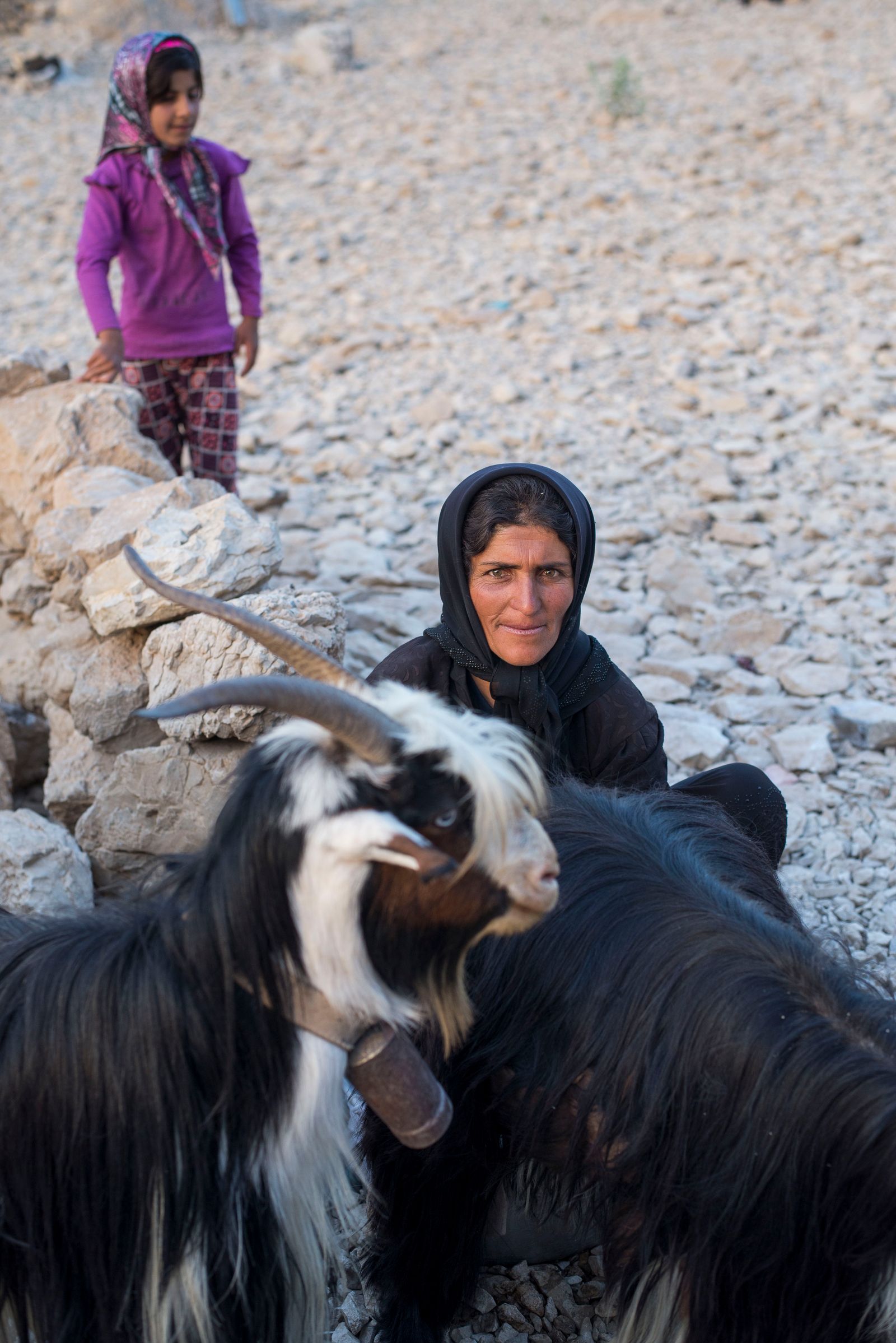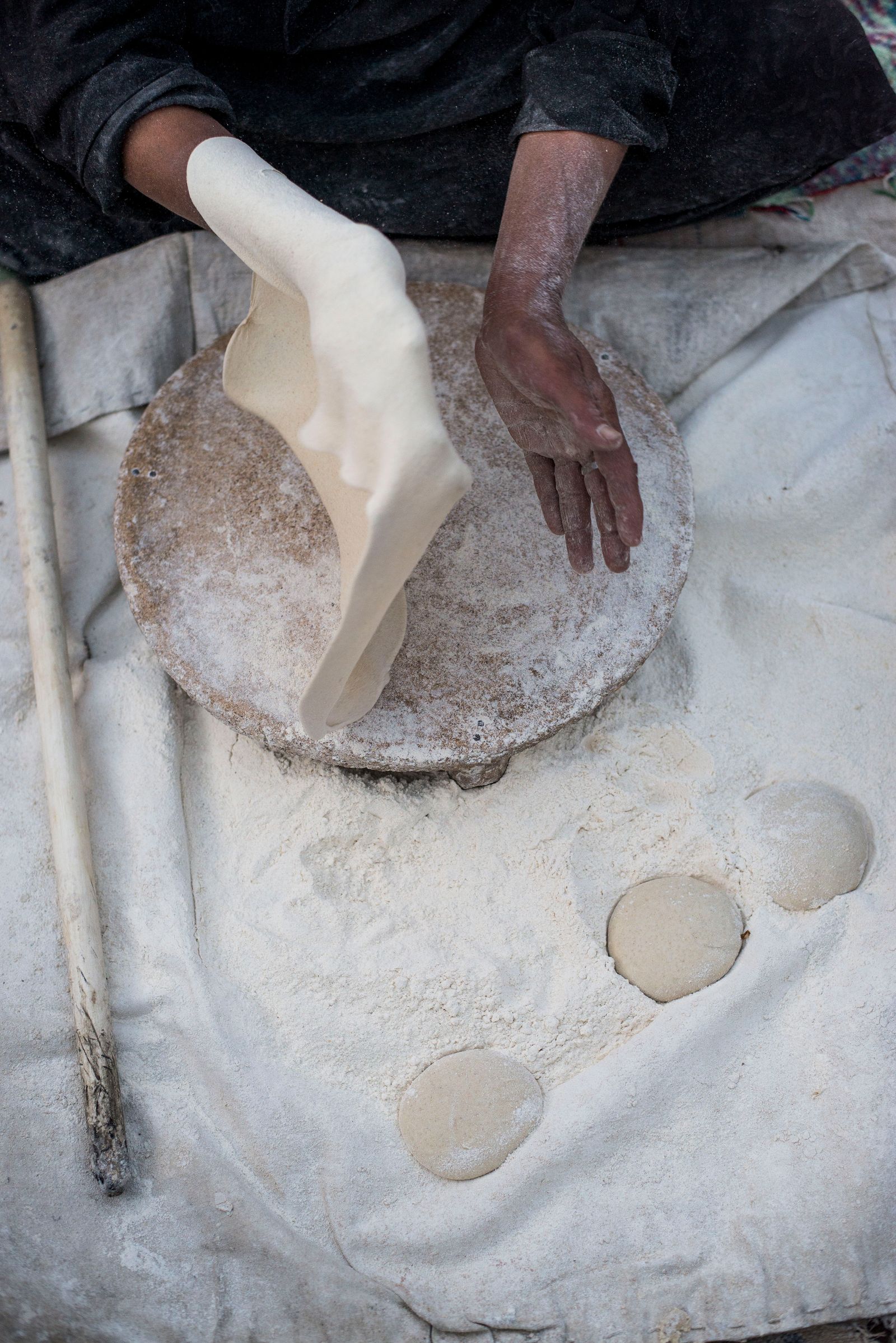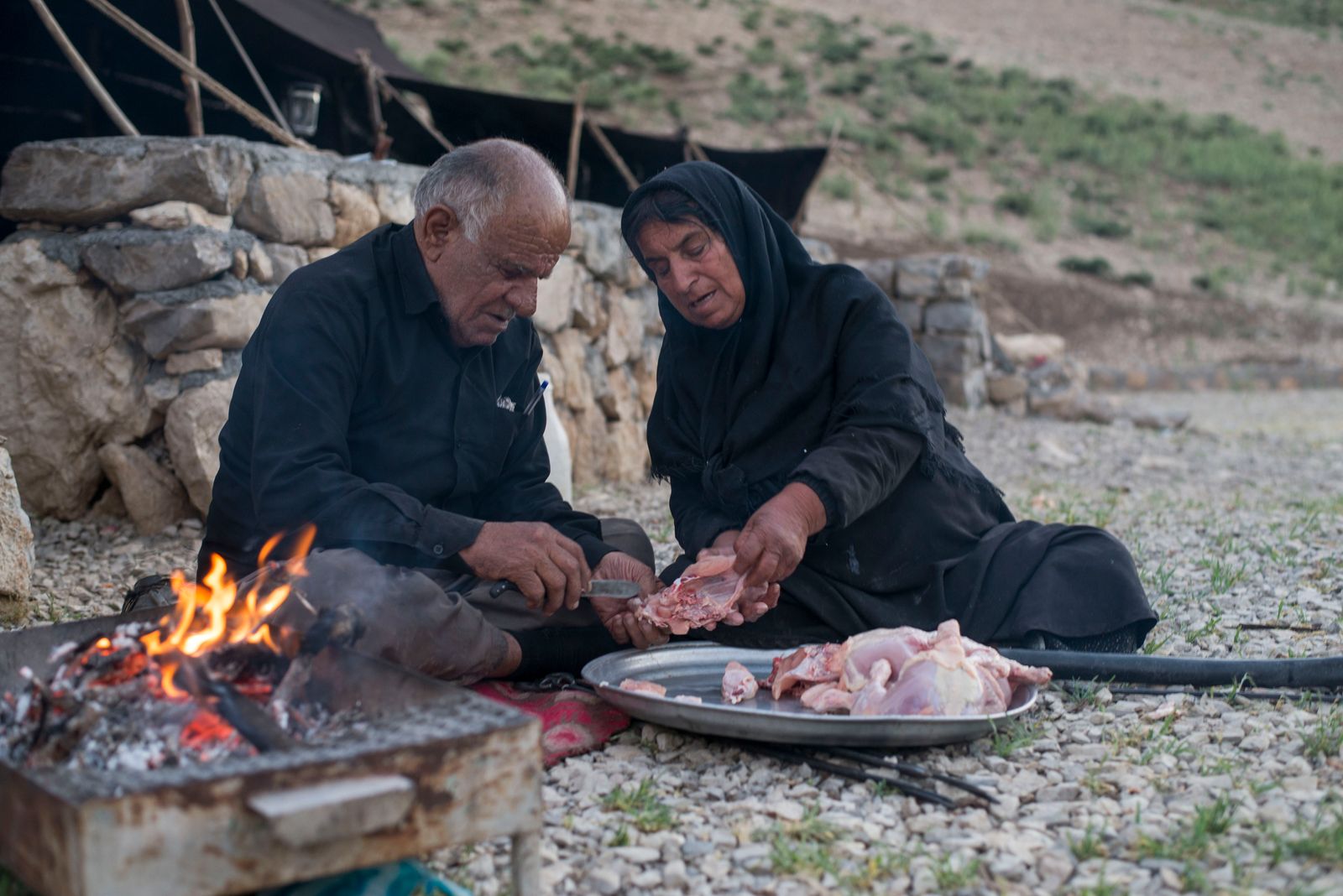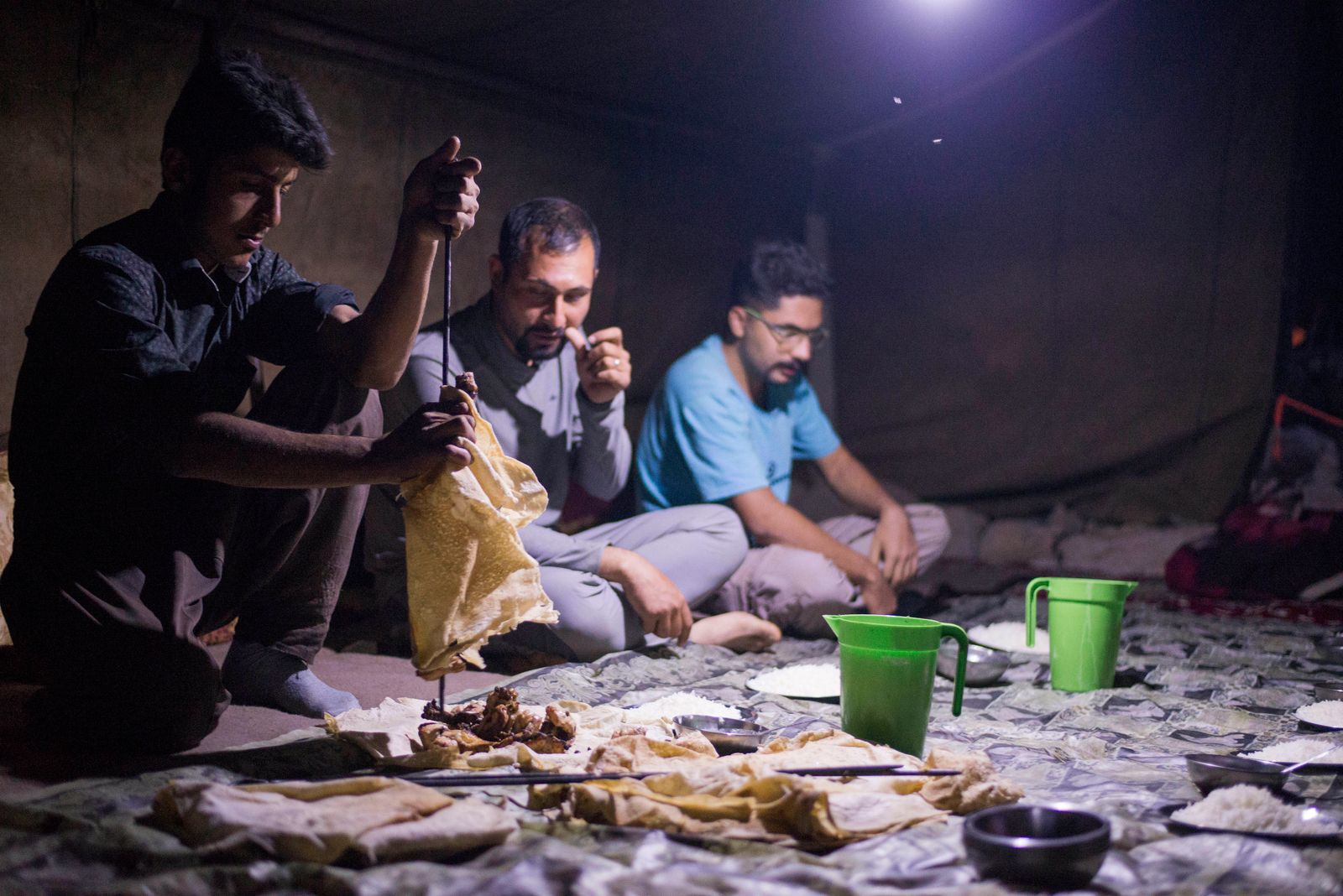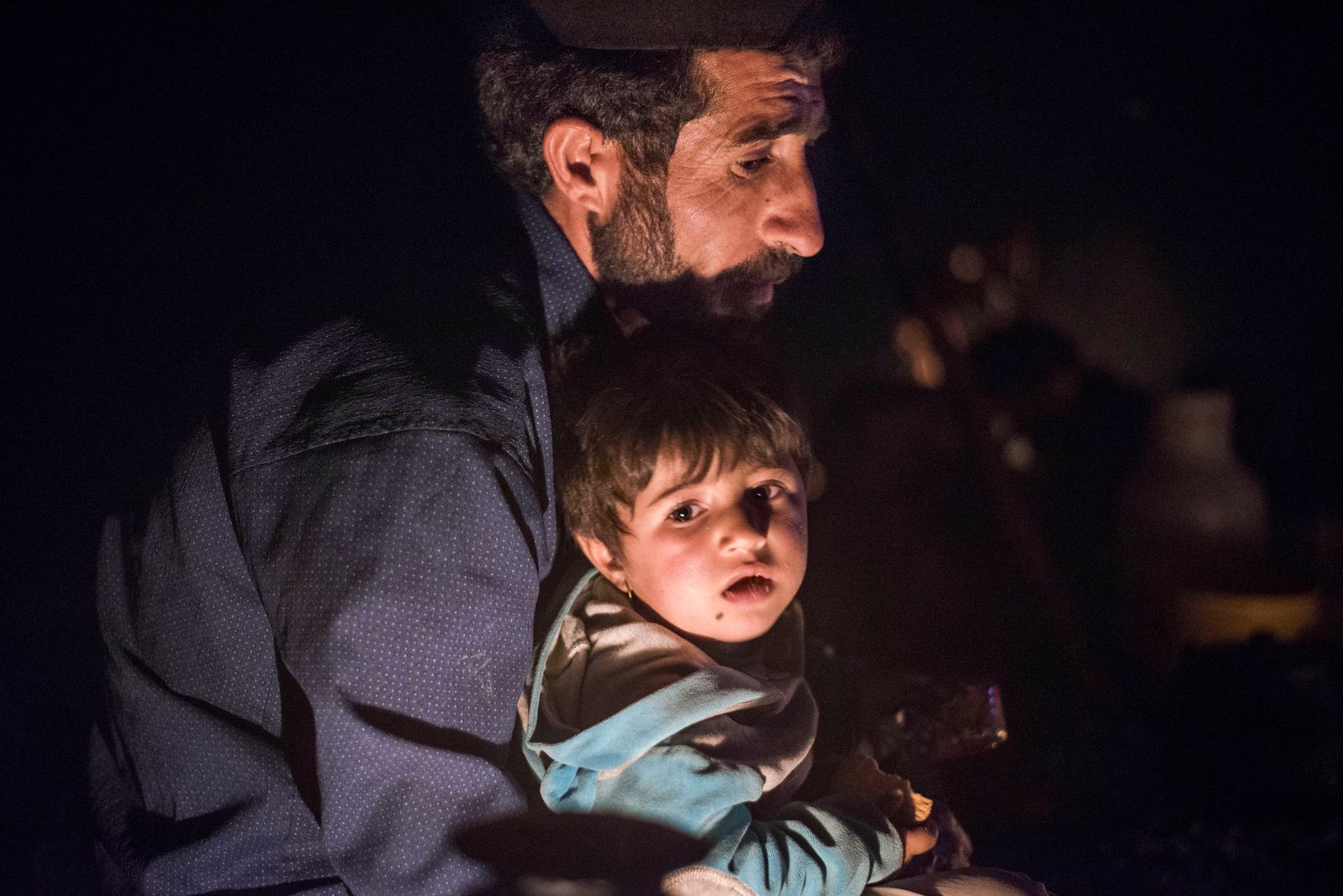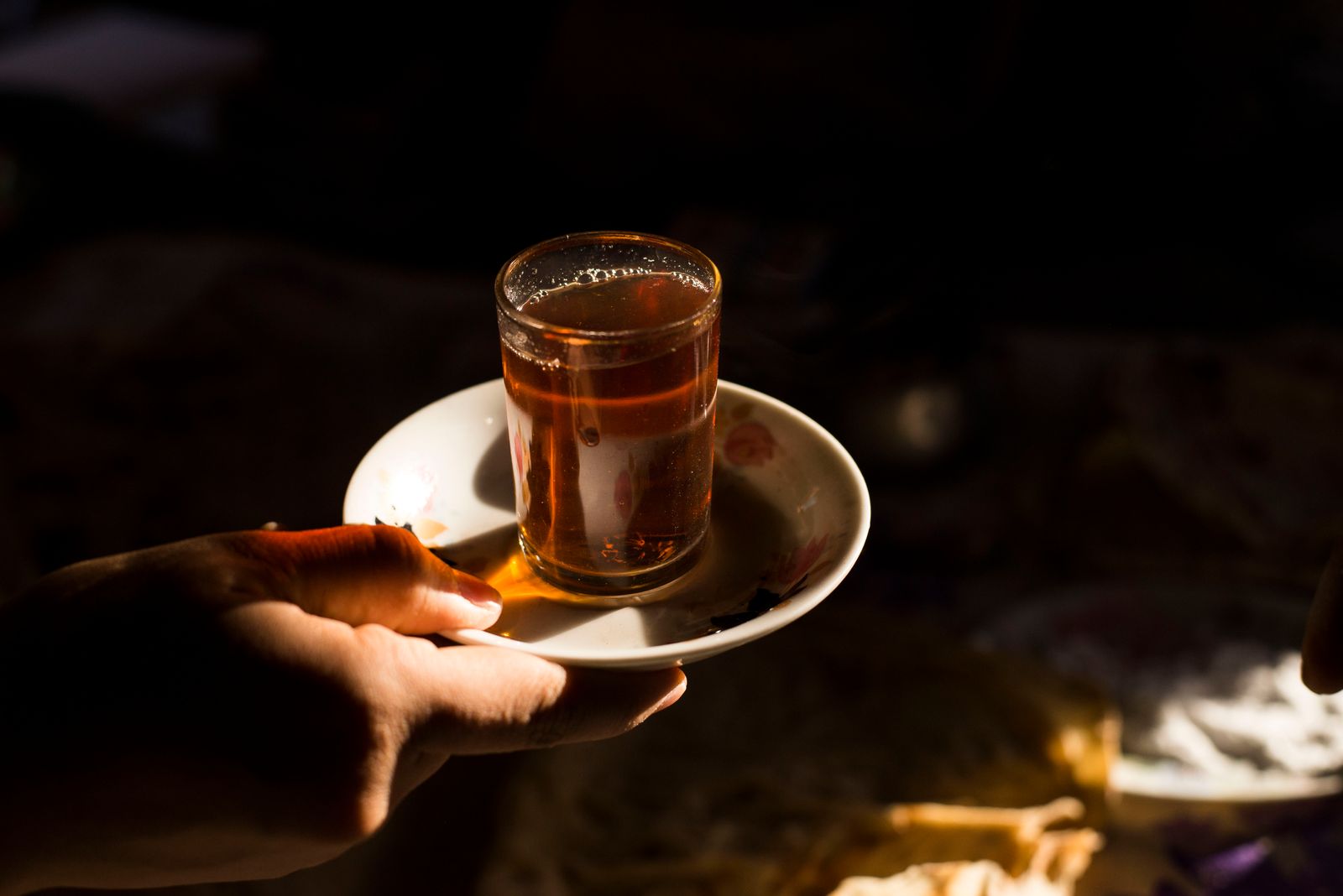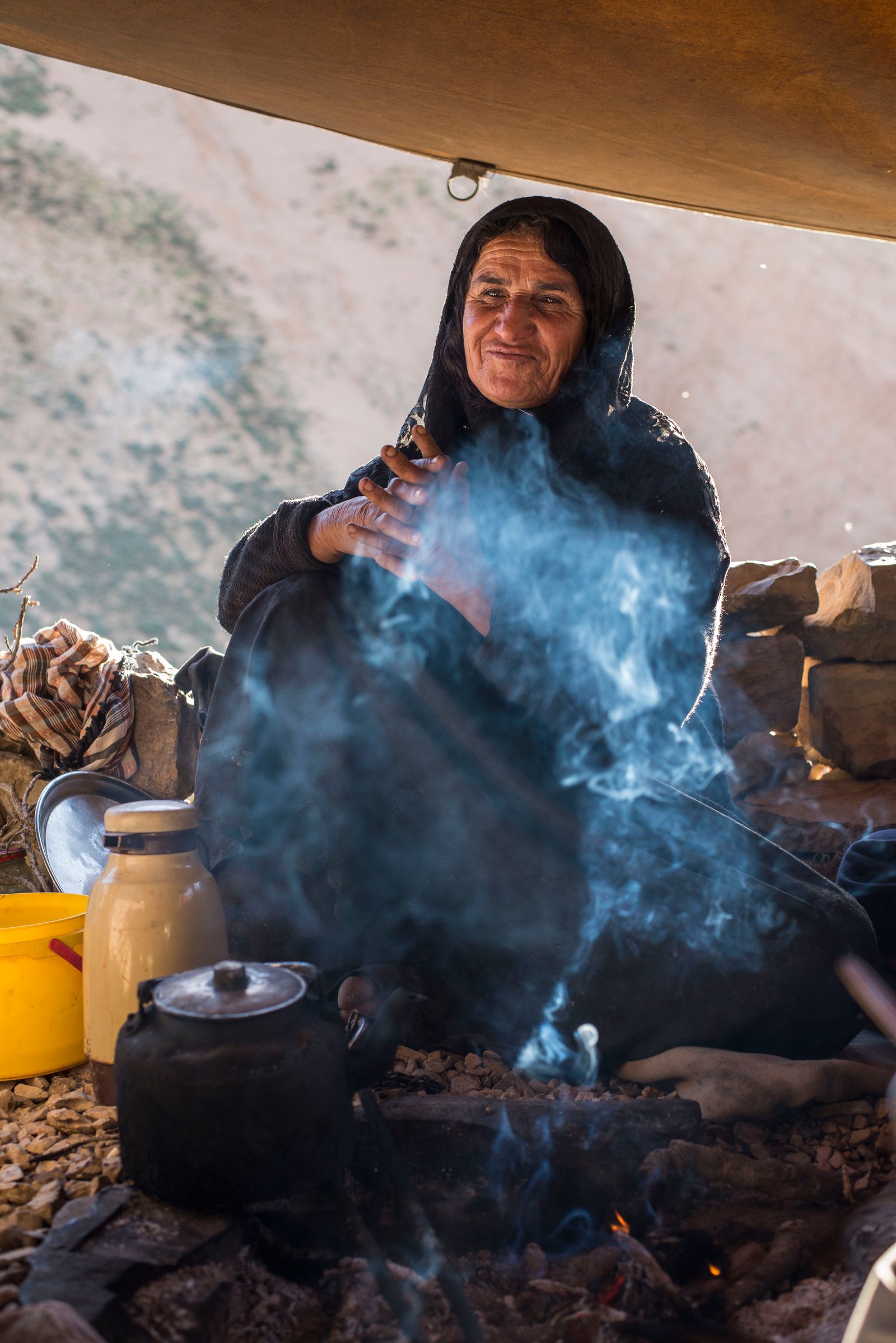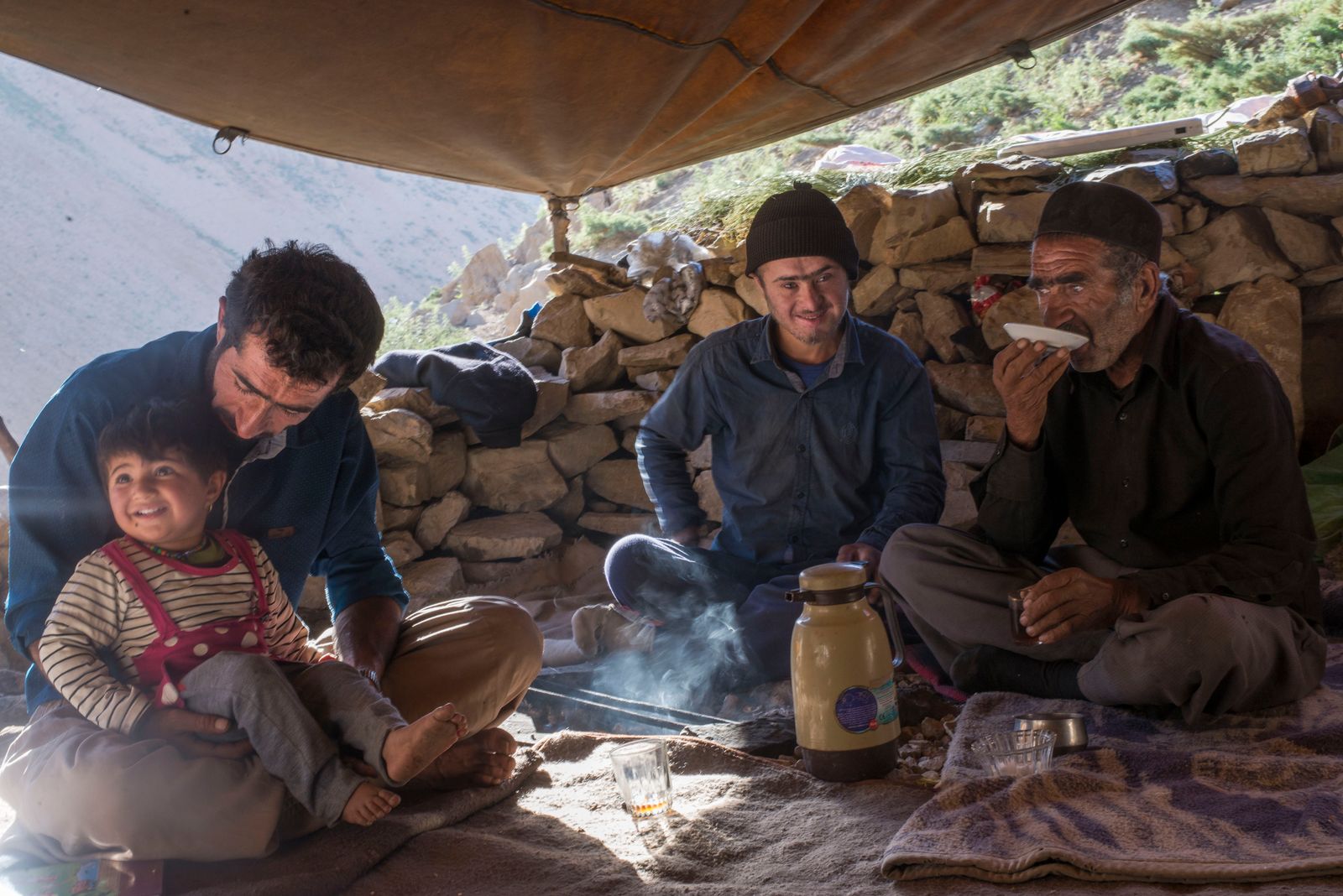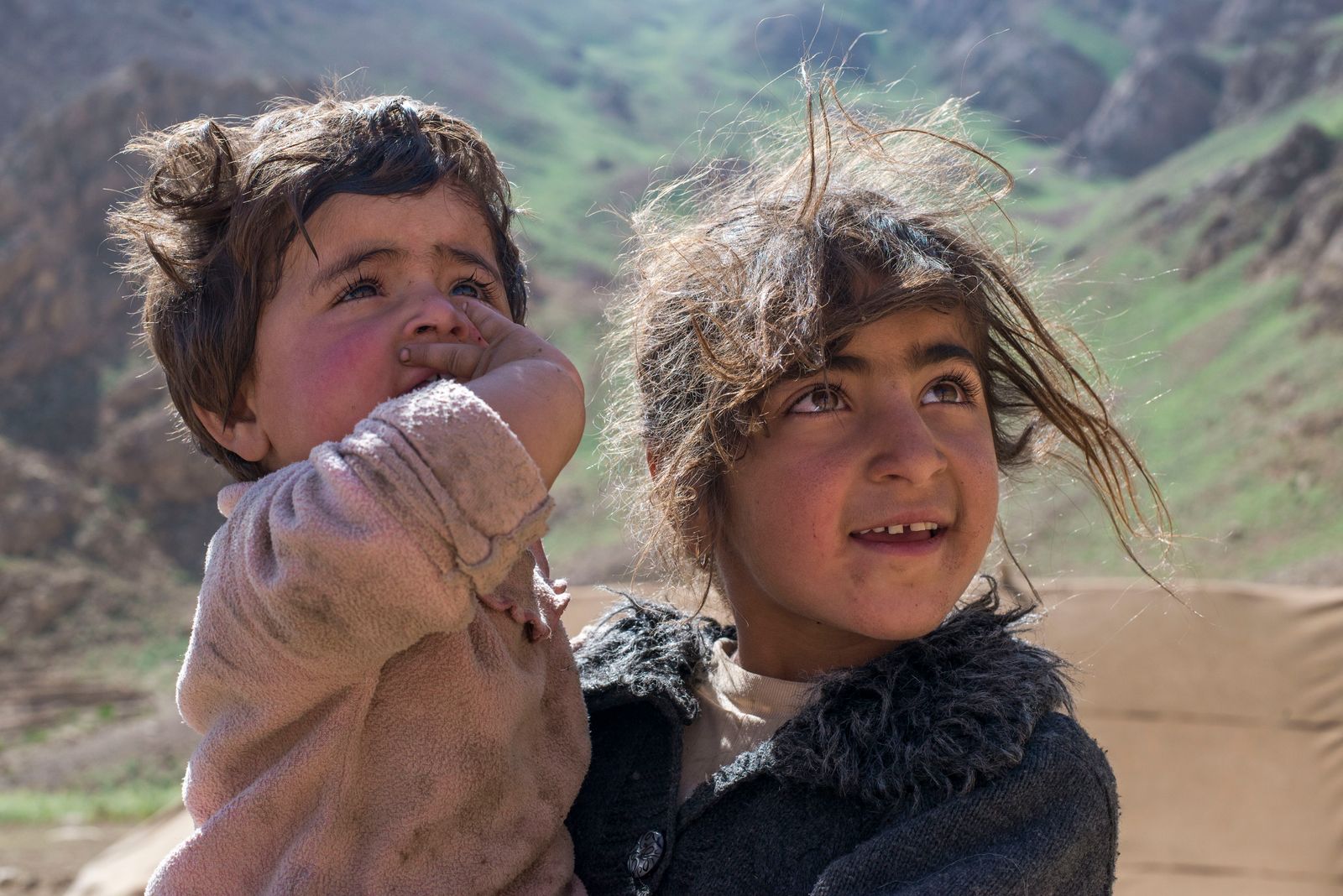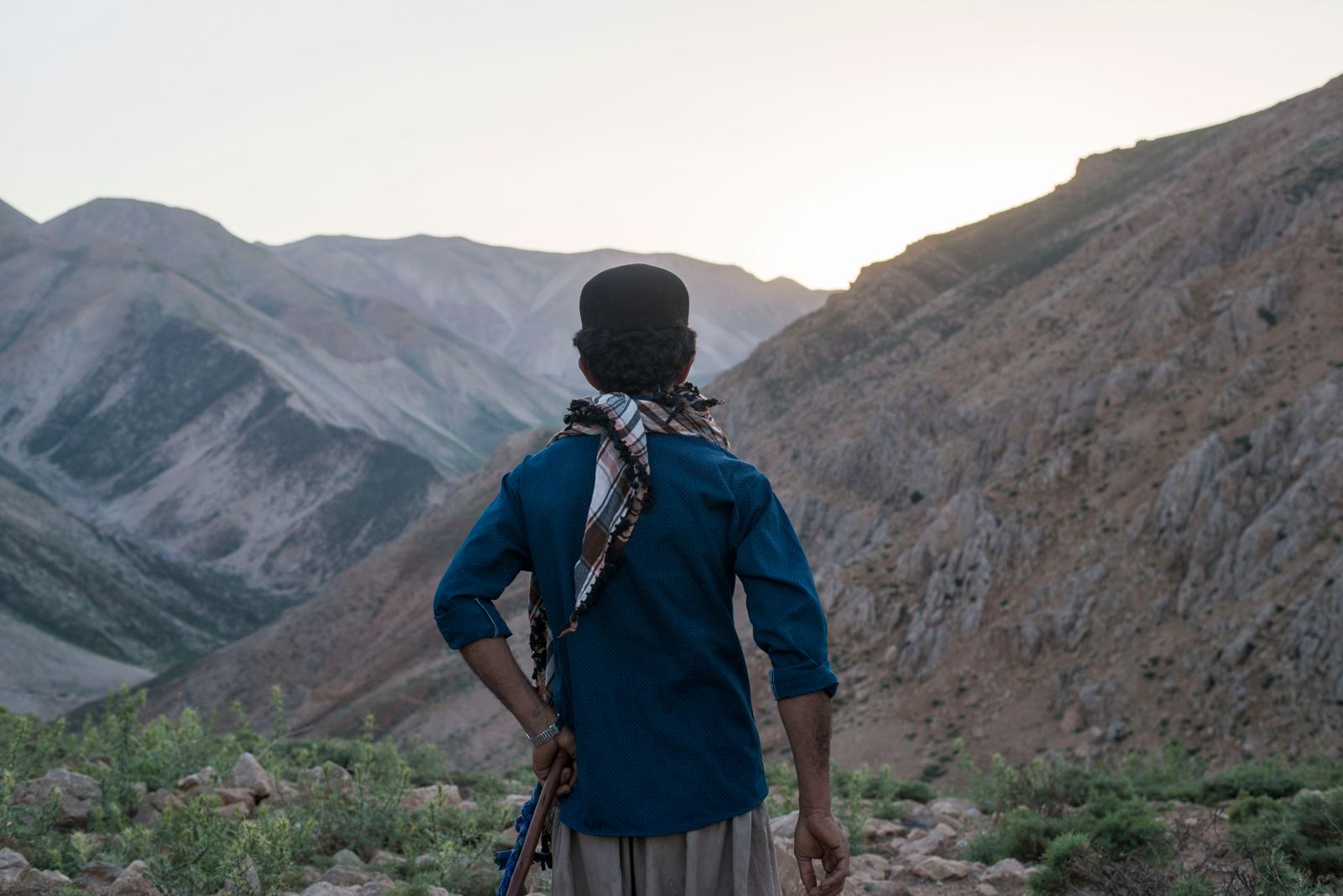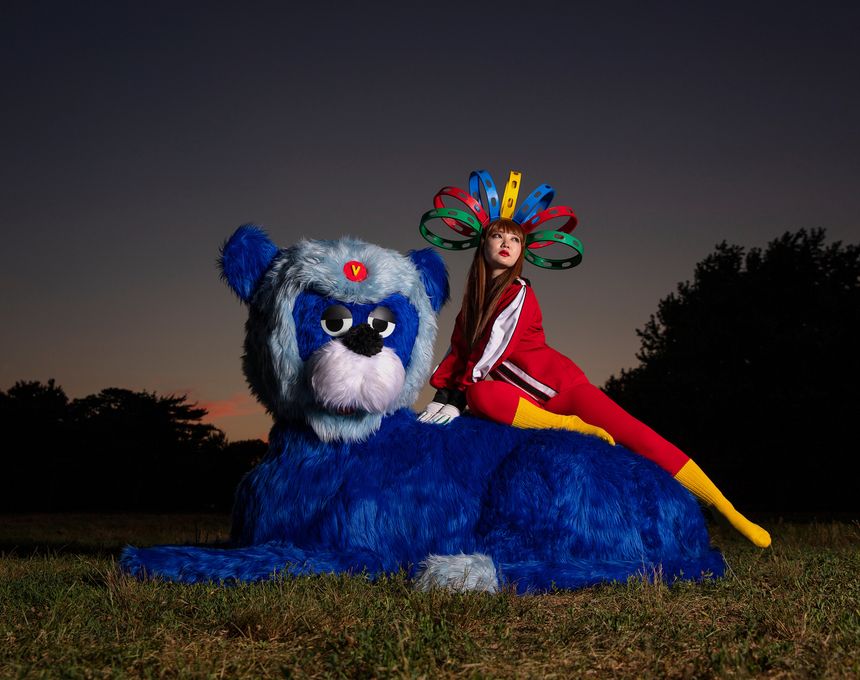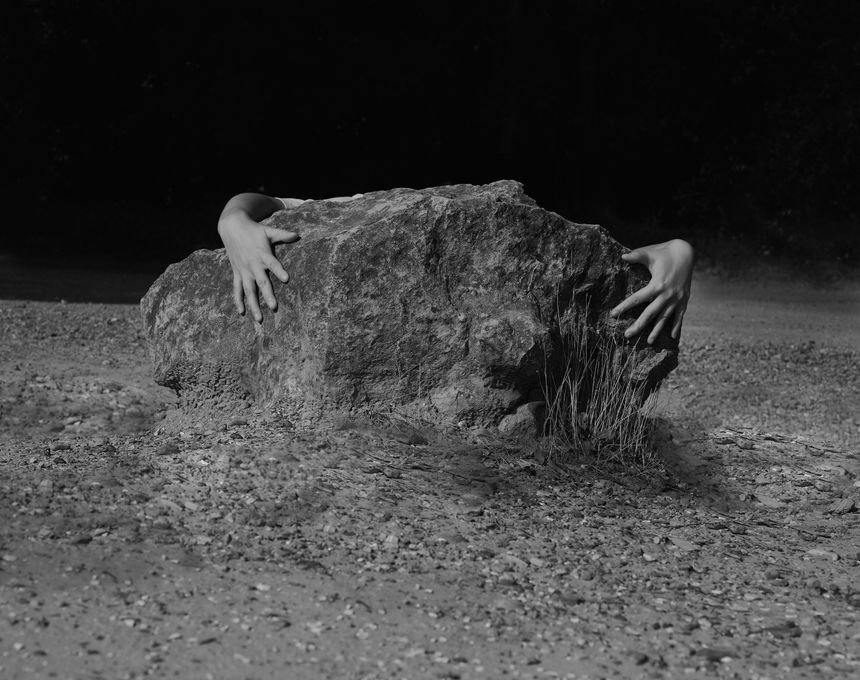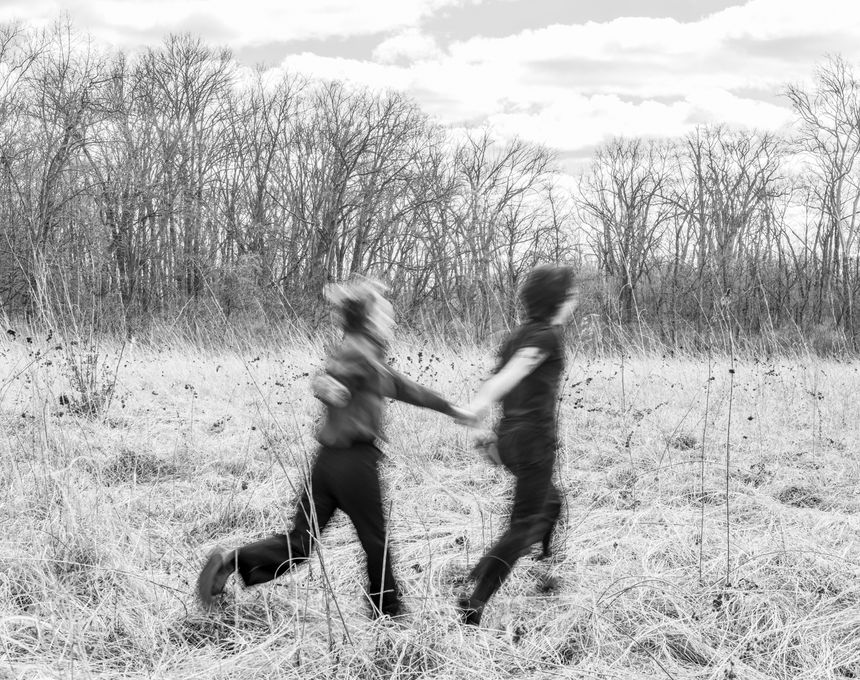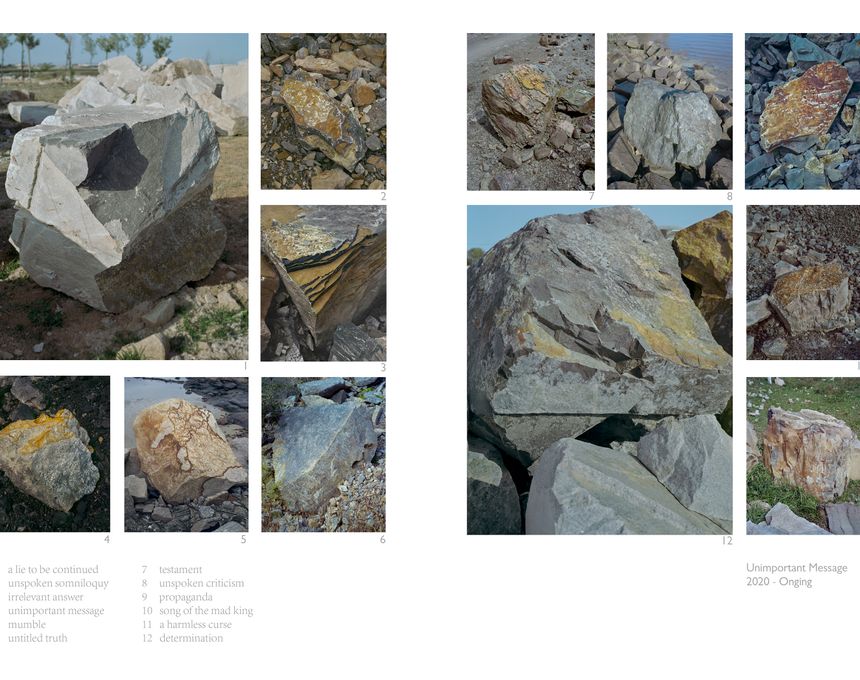Nomads of Iran
-
Dates2018 - Ongoing
-
Author
- Locations Iran, Isfahan
Iran has one of the largest nomadic populations in the World, an estimated 1.5 million in a country of about 70 million. But the number of nomads living in Iran is in decline and experts say it's a way of life that is slowly disappearing, if this trend continues, there will be no more nomads living in Iran in the next 20 years.
This a long term project which aim to document the lifestyle of the Bakhtiari tribe, one of the main nomadic groups in Iran. Trough this project I want to document the rich culture, traditions and unique lifestyle of the Bakhtiari and simply how they live their everyday life.
The first part of the project focus on the daily life of three nomads families during summer, when they are not migrating. The Bakhitiari can be found during the summer months in the high grounds of the Zagros Mountain, while in winter they resides in Khuzestan. When they don’t migrate the Bakhitiari settled in the mountains for months, mostly in isolated parts, which are quite difficult to reach. They live a basic life: eating what they produce and sleeping in tents, without electricity, running water or any other facilities.
The second part of the project will focus on the documentation of the annual migration of the tribe. During the month of April the nomads leave their winter pasture and cross the Zagros Mountains on foot, walking for about 30 days, with all their families, animals and belongings in order to reach their summer pastures.
This type of migration, called vertical migration, is something very unique that not many nomads still do in the traditional way. While migration is still an important part of the nomads life, nowadays most tribes move from one place to another using trucks, bikes and other transportation. The Bakhtiari tribe is one of the few nomadic tribe left that still practise the migration in the traditional way, by crossing the mountains on foot.
It is a tradition that many families have lost and a lifestyle that will soon disappear. My aim and wish, by continuing this project, is to document it before it will be forgotten.
